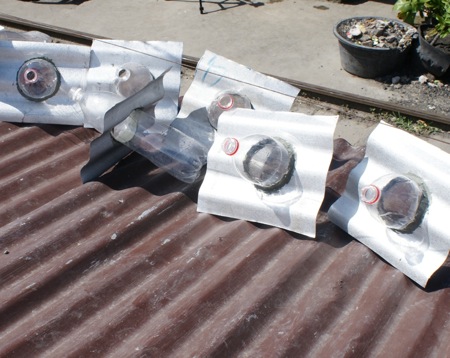Construction
Exemplary Performance & Innovation and Design Process
What Constitutes Exemplary Performance?
The LEED scorecard has identified the last section as Innovation and Design Process. This is oftentimes shortened to ID points, similar to how we label SS for Sustainable Sites, etc.

Just an example of Innovation, not necessarily LEED related
How Many Points Can We Get?
There are five possible points in this section, one of which (IDc2) is easily achieved by having a LEED AP? on your project. The other four (IDc1.1 through IDc1.4) can be achieved in any of the following ways:
1. The most common is by way of exemplary performance on existing credits identified with potential to go above and beyond the minimum requirements.
2. Another option is to chase some new idea that hasn’t been covered in the other credits. This is more difficult, because the project will need to avoid overlap with other credits to ensure a credit can be earned for this new idea. The most common is probably some kind of educational outreach, which would require at least two of the following ideas be implemented: Posted Signs, Tours of the Green Building, or a Manual explaining Green Features.
3. Taking credits from other LEED programs is also acceptable, again be weary to not double-up. For example, LEED CI projects can look to LEED EB for ideas to implement for ID Points.
4. Use Credit Interpretation Rulings from past Innovation and Design Ideas to support a new idea. The USGBC is not required to give your project credit for a CIR, even if the original project earned a point for the CIR.
Other ID Points Requirements
Some last thoughts for the Innovation and Design points:
1. Make sure other projects will be able to pursue and achieve this credit. It shouldn’t be a special scenario credit that’s too specific to a project.
2. Think about how you can measure, or quantify the energy savings, waste diverted, etc. of the credit you are proposing. The USGBC requires some quantification or calculation to be made to prove effectiveness of the credit.
